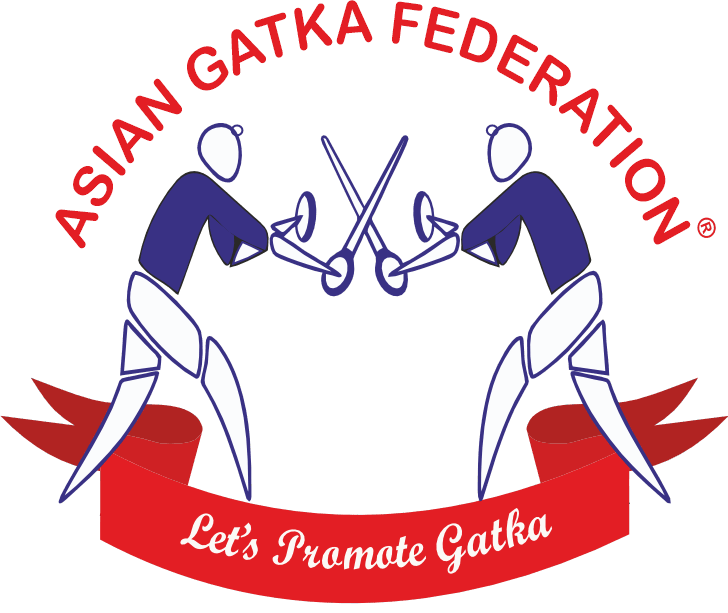What’s Gatka ?
A Timeless Sikh Martial Art Rooted in Spiritual Strength and Self-Defence
An Integral Component of Vast Sikh Shastar Vidya
Gatka is a traditional martial discipline derived from the expansive and ancient Sikh Shastar Vidya (ਸਿੱਖ ਸ਼ਸਤਰ ਵਿਦਿਆ), the complete martial system established and nurtured by the Sikh Gurus nearly five centuries ago, amidst the backdrop of Mughal invasions and religio-political oppressions.
This Vidya/Kala embodies a comprehensive corpus of combat sciences and battlefield disciplines, encompassing a wide range of armed and unarmed techniques, including but not limited to:
• Gatka Soti (stick combat), Laathi (Daang), Marhatti, Chakkar, Khanda, Shield, Kirpan, Talwar, Jamdarh, Battle Axe, Katar, Gurj, Nagni, Neja, Barcha, Kamand Toda, Safajung and more
• Archery, Shooting, Horse riding, Elephant riding and Mall-yudh (traditional wrestling)
• Tactical warfare training and physical conditioning regimens
Among these, Gatka Soti, the use of a wooden stick, is one of the fundamental training tool, simulating sword combat. It is practiced both as a preparatory martial exercise and as a regulated sport, forming the foundational base for mastering other weapons and techniques within Sikh martial arts.
Definition by Classical Scholars :
The renowned Sikh historian Bhai Kahan Singh Nabha, in his celebrated encyclopaedic work ‘Mahan Kosh’, defines Gatka as:
“A three-hand span stick, covered in leather, used to teach the initial stage of club or sword fighting. Held in the right hand with a Farrie (shield) in the left, two individuals engage in controlled combat.”
This classical definition underscores Gatka’s original purpose as a practice tool for learning martial discipline, spiritual concentration and weapon mastery. Additionally, Punjabi-English and Urdu-Hindi dictionaries reference Gatka as a form of small wooden stick, also known colloquially as Kutka or Khutka.
Sikh Ethos & Significance :
Rooted in the visionary teachings of the Sikh Gurus, the Sikh Shastar Vidya and its expression through Gatka represent the Miri-Piri philosophy, a balance between spiritual elevation and temporal sovereignty. The ideal of the Sant-Sipahi (Saint-Soldier), exemplified by Guru Hargobind Sahib Ji and upheld by subsequent Guru Sahib and Khalsa warriors, forms the spiritual backbone of Gatka training.
Through the practice of Gatka, a Sikh cultivates:
• Courage and Righteousness
• Discipline and Humility
• Self-defence and Seva (selfless service)
• Unity of body, mind, and spirit
Contemporary Role of Gatka :
In modern times, Gatka Soti has evolved into a recognized martial sport, promoted under standardized Gatka rules laid down by World Gatka Federation (WGF) in collaboration with the National Gatka Association of India (NGAI) and the Asian Gatka Federation (AGF).
Within competitive sport :
• The Soti (stick) is used as a symbolic substitute for the sword and the Farrie (shield) replaces the traditional defence equipment.
• Gatka game formats are used to promote skill, agility, safety and cultural continuity, especially among youth.
Although the combative origins of Gatka are deeply spiritual and historic, it is today practiced worldwide as a symbol of cultural pride, self-discipline and physical training, while retaining its original martial and spiritual essence.
The term ‘Gatka’ is of Indian origin, with the style and methodology of using the Soti in both play and defence referred to as Gatkabaazi or Gatkebaazi. Today, the term Gatka is often generically used to describe entire martial performances involving all equipment and weapons within Sikh martial art traditions, though technically, it refers to one specific discipline within the vast Shastar Vidya framework.
